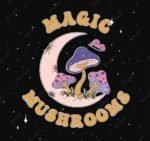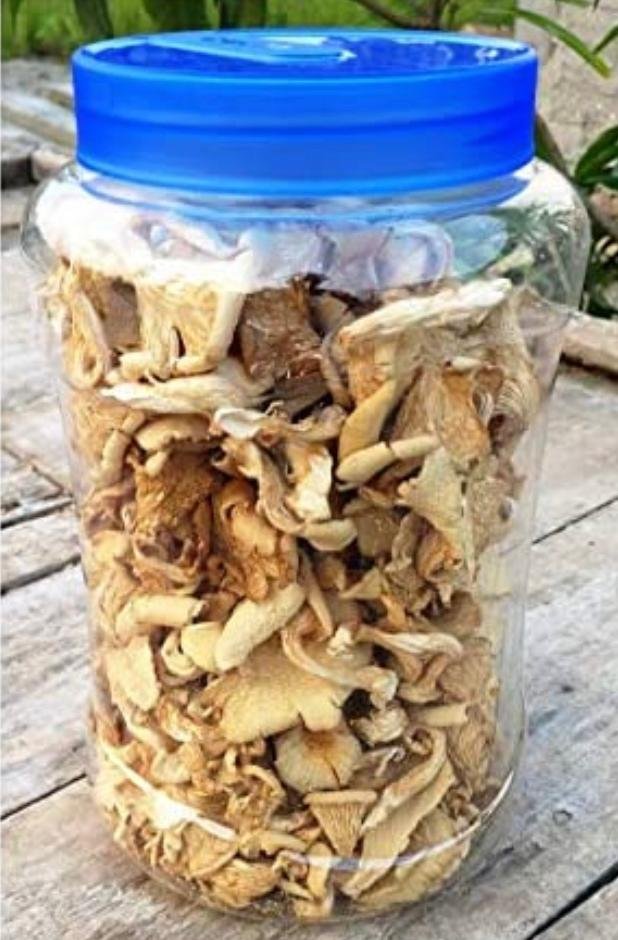The cap measures from 5–15 cm (2 to 6 inches) in diameter and has a smooth texture and has ridges on it. The colour of the cap, stipe and flesh can range from white-creamy coloured to bright yellow. The sinuate gills are white and crowded. The flesh is thick and soft and has a mealy or cucumber smell. The spore print is white to pinkish white. The stubby stipe is bulky at the base.
Care must be taken not to confuse it with the highly poisonous Inocybe erubescens, which grows in the same habitats. The latter has a more pungent fruity smell and bruises red. Entoloma sinuatum, also poisonous, has a rancid smell.
Distribution and habitat
It is common in grasslands in Europe, often in areas rich in limestone. It is common on the Swedish islands Öland and Gotland, both situated in the Baltic sea. On the South Downs in southern England, it has formed huge fairy rings that appear to be several hundred years old. It is found from April in the United Kingdom, and earlier in warmer countries.
Edibility
The mushroom is best picked in dry weather. It can be eaten dry, pickled or even raw. It is imported in commercial quantities into Western Europe from Romania. It was held in high esteem in medieval Italy, reported by Costanzo Felici in 1569 as the most expensive and highly regarded mushroom in Umbriaand Marches in central Italy, and held in high esteem in the Apennine mountain region—Liguria, Tuscany, and Emilia-Romagna)—by Giovanni Targioni Tozzetti in 1777. It is still locally eaten in Emilia-Romagna and Tuscany.
Sale!
St George’s Mushroom
Original price was: $300.00.$199.00Current price is: $199.00.
The mushroom is best picked in dry weather. It can be eaten dry, pickled or even raw. It is imported in commercial quantities into Western Europe from Romania. It was held in high esteem in medieval Italy, reported by Costanzo Felici in 1569 as the most expensive and highly regarded mushroom in Umbriaand Marches in central Italy, and held in high esteem in the Apennine mountain region—Liguria, Tuscany, and Emilia-Romagna)—by Giovanni Targioni Tozzetti in 1777. It is still locally eaten in Emilia-Romagna and Tuscany.


gralion torile –
you’re really a good webmaster. The site loading speed is incredible. It seems that you’re doing any unique trick. Moreover, The contents are masterwork. you’ve done a wonderful job on this topic!